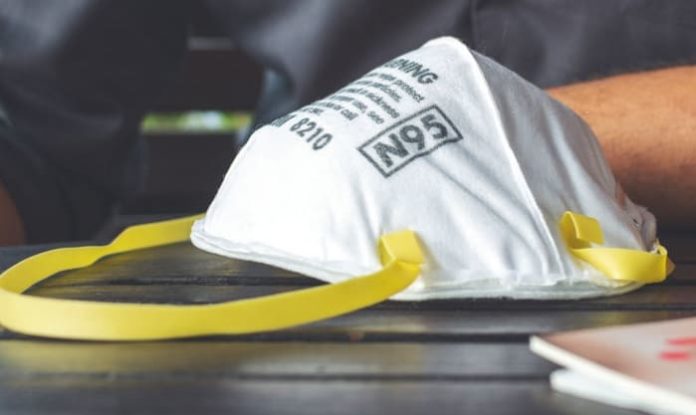This brief summary is meant to assist different healthcare facilities in optimizing the supplies of disposable KN95 masks for filtering facepieces when there is a limited supply of protective gear during the coronavirus pandemic. It is crucial to note that the strategies are placed into a continuum of care and then organized in a hierarchy of different controls just as defined in this article.
The recommendations for using N95 are specifically made for use by the professionals who are focused on managing various respiratory programs in the healthcare institutions while providing healthcare workers with protection against the exposure of different infectious respiratory illnesses.
That said, the supplies of N95 respirators may be depleted during this pandemic. Existing guidelines for CDC highly recommend that there should be a combination of various approaches used to conserve supplies and safeguard the health of the workers in the presented circumstances. These guidelines include:
- Implement different practices that allow the widespread application and reuse of these masks where possible and when possible.
- Care to prioritize the applications of N95 masks for personnel who are at the high risks of contracting infections.
- Decrease the number of people who need respiratory protection via the preferential applications of engineering controls.
- Apply alternatives to the N95 respirators, such as different classes of filtering the elastomeric and half-masks where possible.
That said, there are a few non-emergency cases such as close contact with the patients who have contracted infection such as tuberculosis. In such instances, the N95 respiratory reusable mask has primarily been recommended in unique healthcare spaces and is practiced to help decrease the rate of contracting the infection. To understand the basics of using this document, you need to be aware of the terminologies we shall be using.
Here are the main definitions:
Extended use – this is the practice of putting on the same mask repeatedly when seeing several patients. Usually, the process entails not removing the respirator between the patients.
Extended use can be implemented when various patients, usually multiple, who are infected with the disease that is taking away more than 2 million lives worldwide. Prolonged use is recommended as a viable option for different conserving respirators during the pathogen outbreaks as well as pandemics.
What about reuse?
Reuse– reuse is the practice of making use of one same N95 respirator for different encounters with various patients but putting it away by removing it after every encounter.
The mask is often stored between encounters so that it is put on once more before the next encounter with a patient. For most pathogens that contact transmission such as fomites isn’t really a huge concern, most non-emergency reuse strategies can be practiced for decades.
For instance, when it comes to the prevention of tuberculosis, the CDC highly recommends the use of disposable masks, which may be used by the same worker if it happens to remain functional. If the reuse of respirators is appropriately practiced, then the restrictions put in place, then there will be a limitation to the given number of times a mask can be used.
Final Thoughts
Accordingly, the N95 respirator reuse is often referred to as the limited reuse. In this case, limited reuse is highly recommended as a viable option for preserving different respirators in the previous respiratory pathogen outbreaks.










